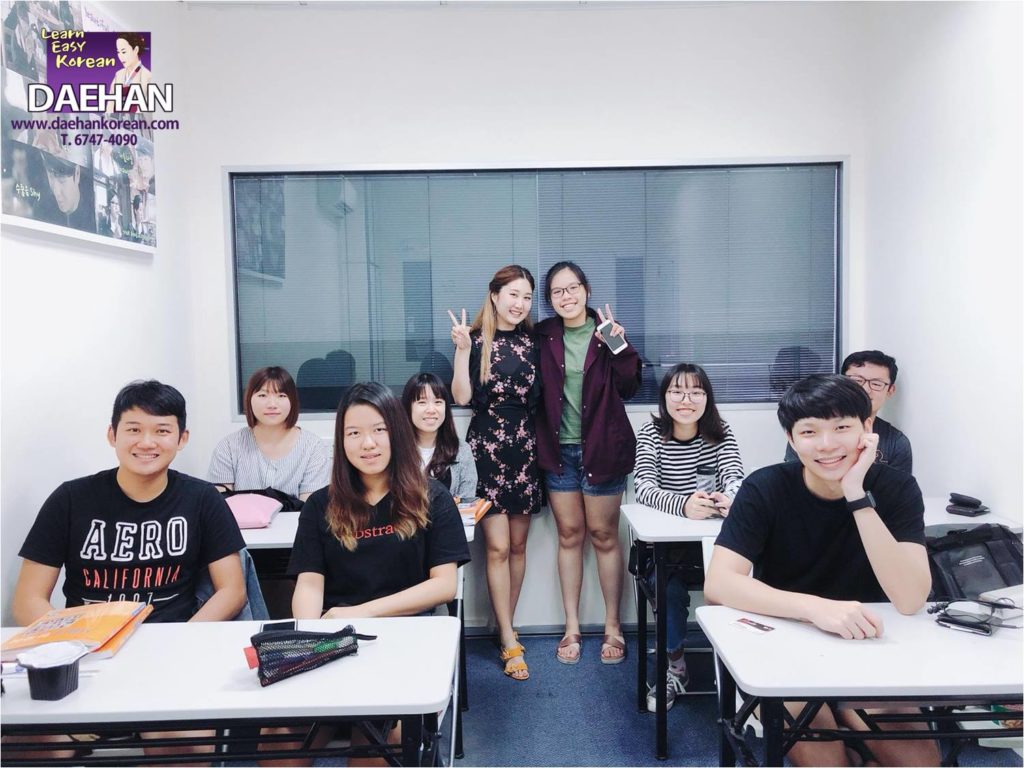
The popularity of Korean Wava(hallyu), represented by Korean dramas and Korean music, is leading to the craze for learning Korean language, a report showed Tuesday.
The report released in June last year by the Modern Language Association of the United States showed that Korean was the first to be named in the top 10 list of foreign languages that U.S. university students learn the most. The number of Korean language students nearly doubled to 13,936 in 2016 from 7,146 in 2006. The increase rate reached 95 percent, the highest among the top 10 languages. The most learned languages were Spanish, French, German and Japanese. The American Association of Modern Languages analyzed that the popularity of Korean language has been the result of the growing popularity of K-pop and other Korean Wave among young Americans over the past decade.
The trend was not only continuing in the U.S. but around the world. In fact, the popularity of Korean language is also evidenced by the TOPIK (Test of Proficiency in Korean), a test that foreigners take to evaluate their Korean language skills required to study and find employment in Korea. The number of applicants for the Korean language proficiency test in 2000 was only 4,850, but the number of applicants increased sharply to 264,842 last year, the report showed. The story is that interest in Korean goes beyond simple interest in hallyu, and plays a big role in employment and business.
[Source: JoongAng Ilbo] Korean is also popular in the States among U.S. college students, ranked 10th in foreign language class.
K-TOWN SOUTH KOREAN PRESIDENT MOON JAE-IN CONGRATULATES BTS ON FIRST NO. 1 ALBUM

K-TOWN BTS ON THEIR NOW-ACHIEVED BILLBOARD HOT 100 TOP 10 GOAL | BILLBOARD

It’s the first K-pop album to top the chart.
Korean boy band BTS debuts at No. 1 on the Billboard 200 albums chart with its latest effort, Love Yourself: Tear. It’s the first No. 1 for the seven-member group, and the first K-pop album to lead the tally. The set, which was released through BitHit Entertainment on May 18, launches with 135,000 equivalent album units earned in the U.S. in the week ending May 24, according to Nielsen Music. Of that sum, 100,000 were in traditional album sales.
The Billboard 200 chart ranks the most popular albums of the week in the U.S. based on multi-metric consumption, which includes traditional album sales, track equivalent albums (TEA) and streaming equivalent albums (SEA). The new June 2-dated chart (where BTS bows at No. 1) will be posted in full on Billboard‘s websites on Wednesday, May 30 (one day later than normal, owed to the May 29 Memorial Day holiday in the U.S.).
Love Yourself: Tear’s first-week sum is a bit bigger than expected. On May 21, some industry forecasters predicted the album would bow with over 100,000 units. By May 24, that forecast grew to over 120,000.
[Quoted from Billboard]






